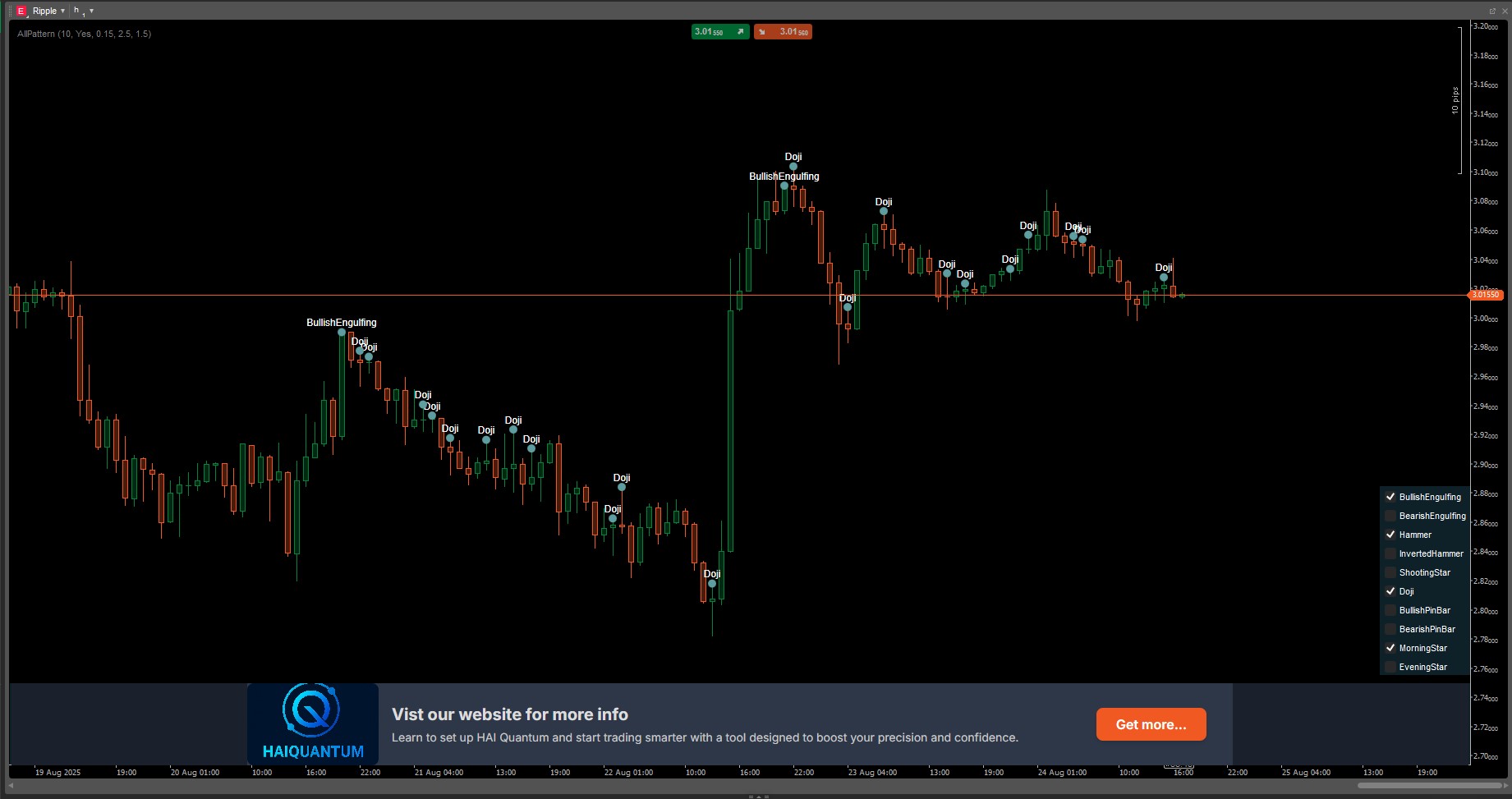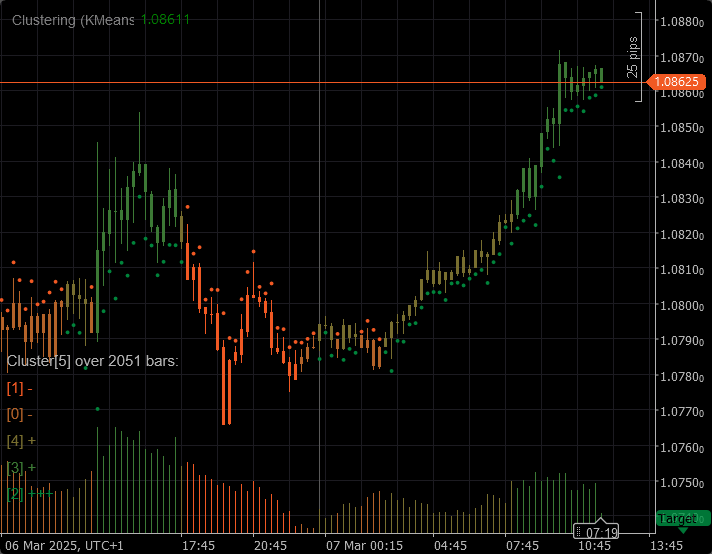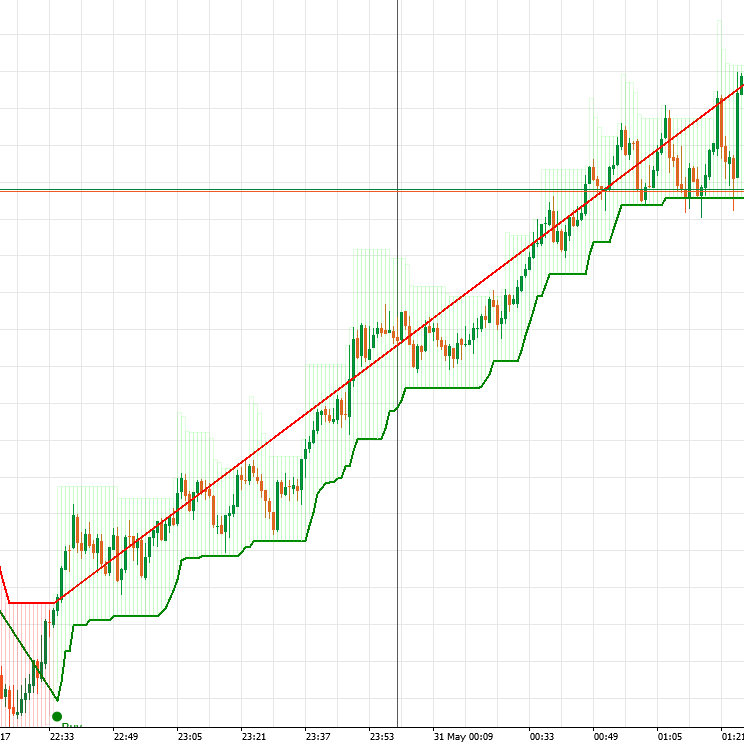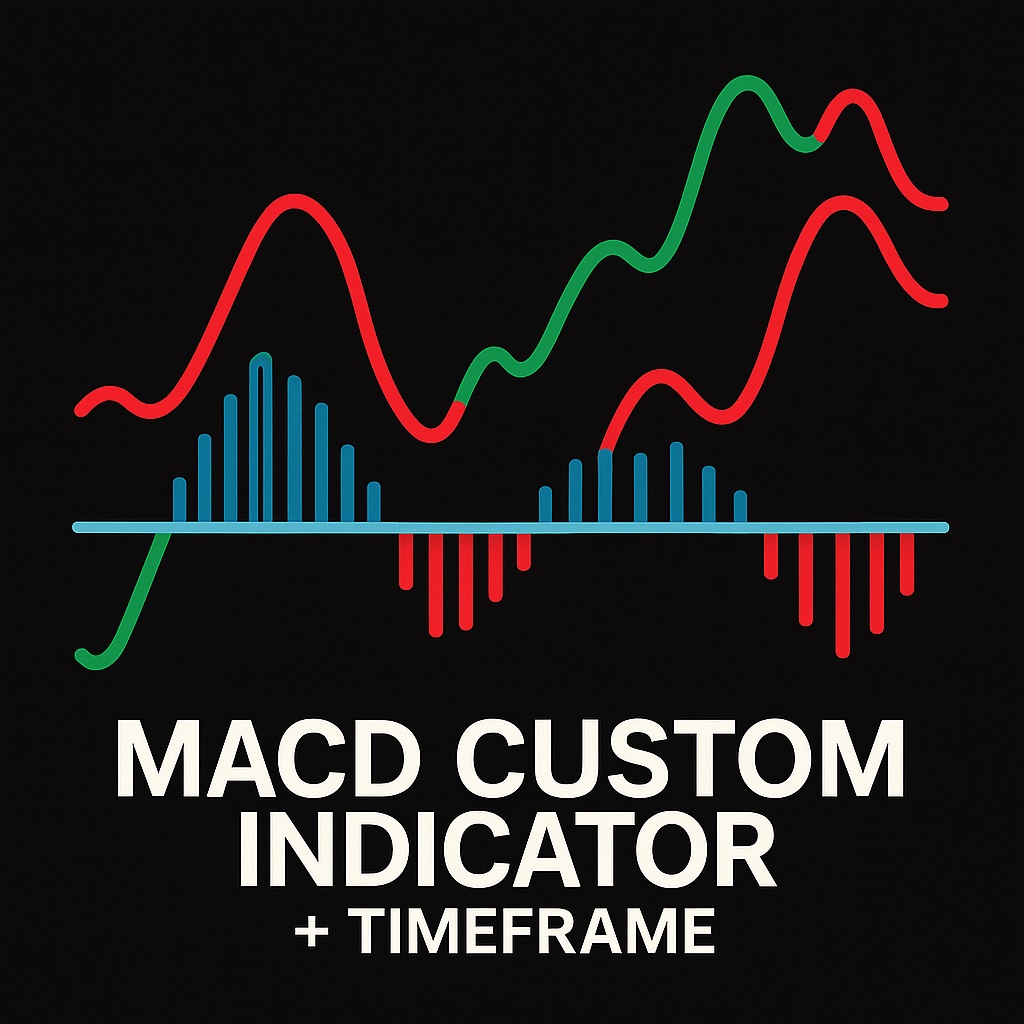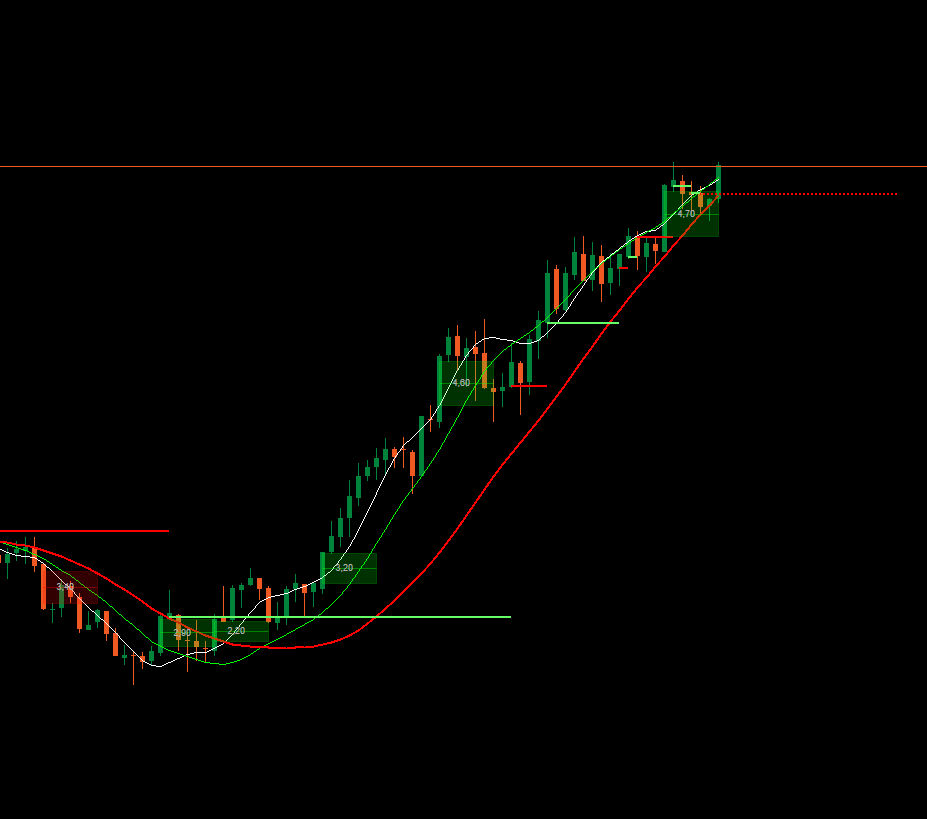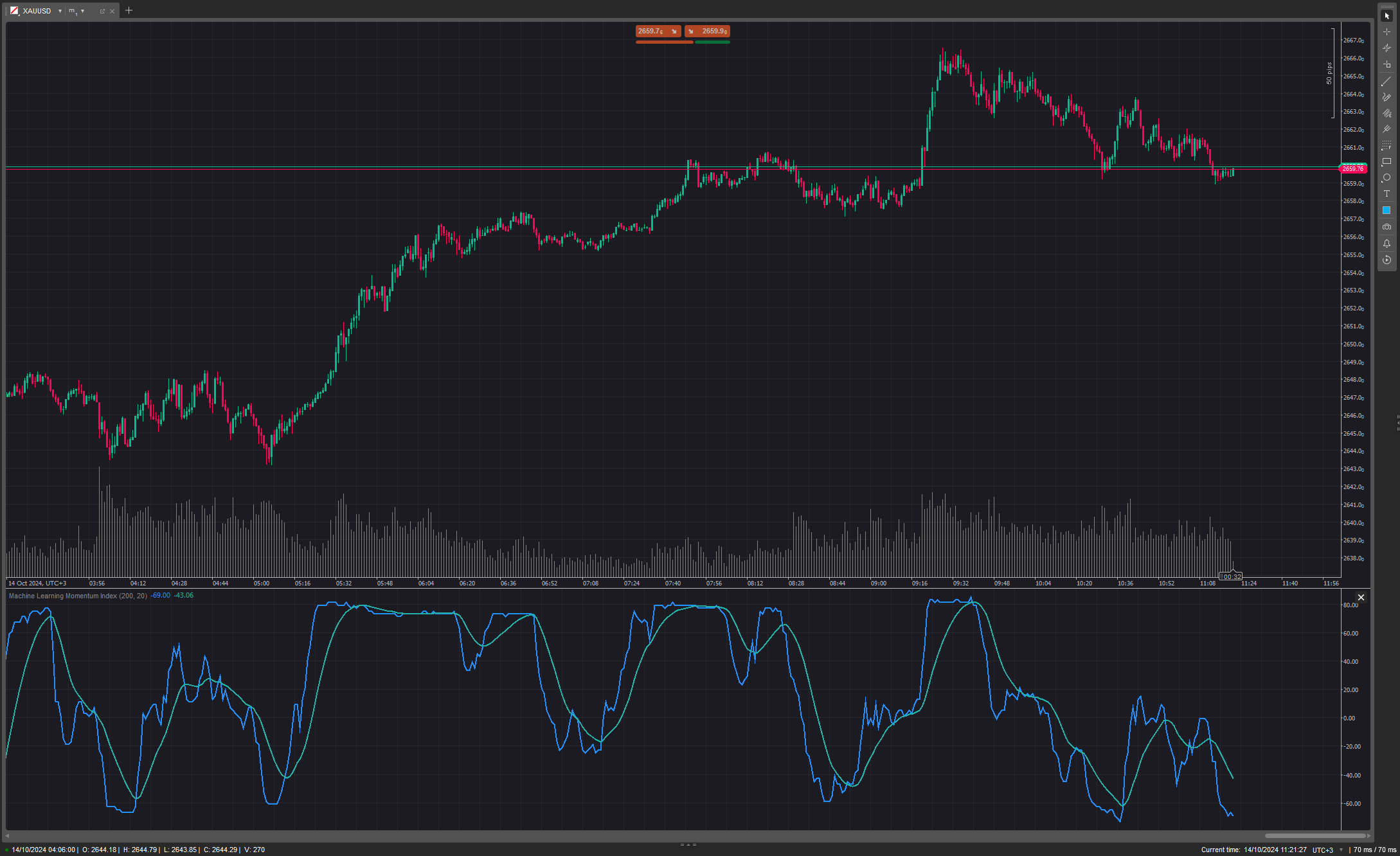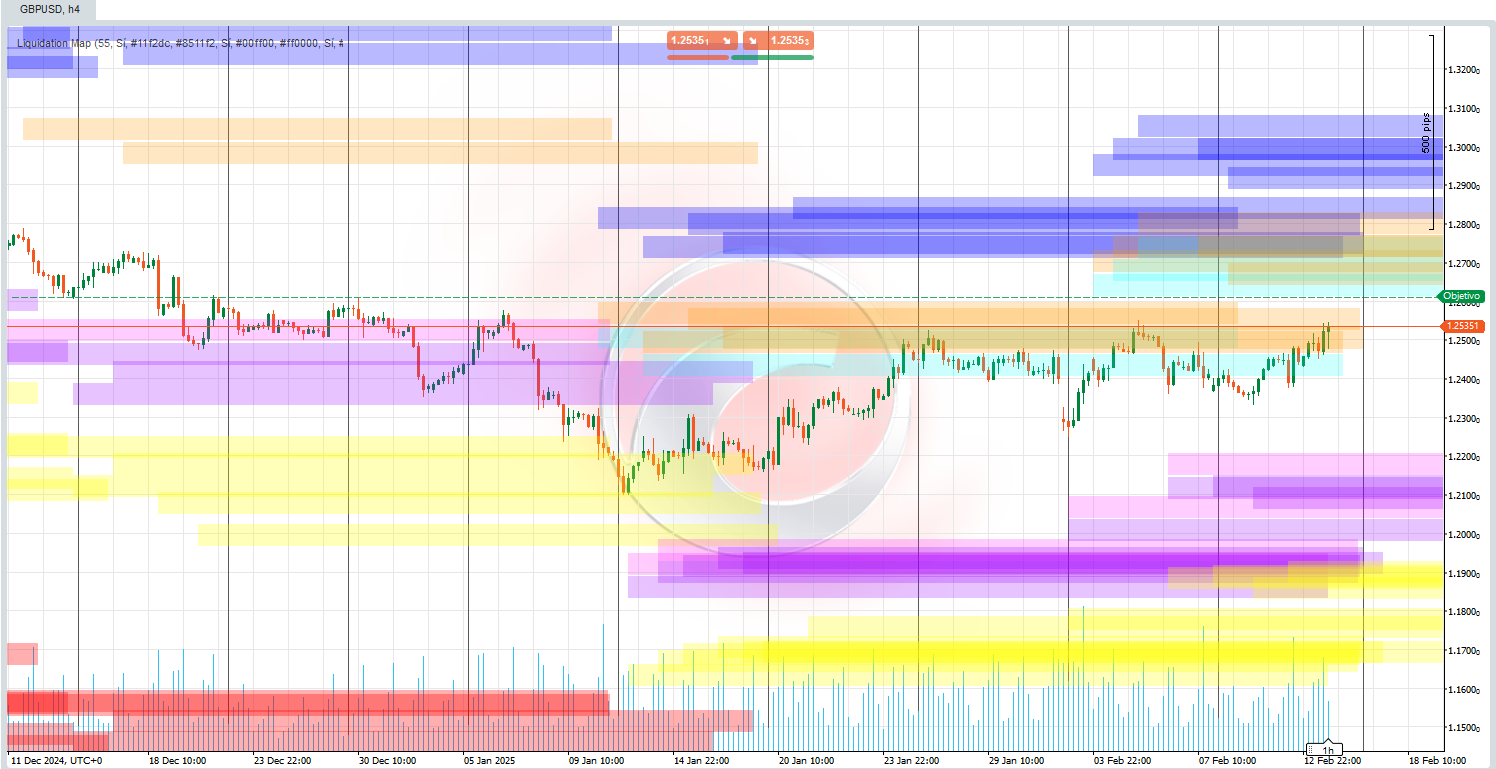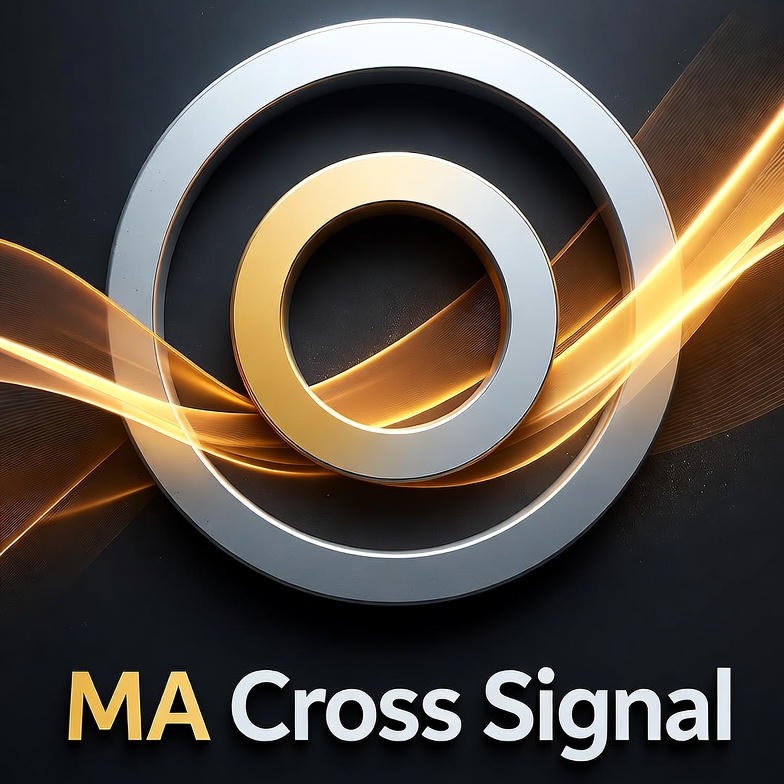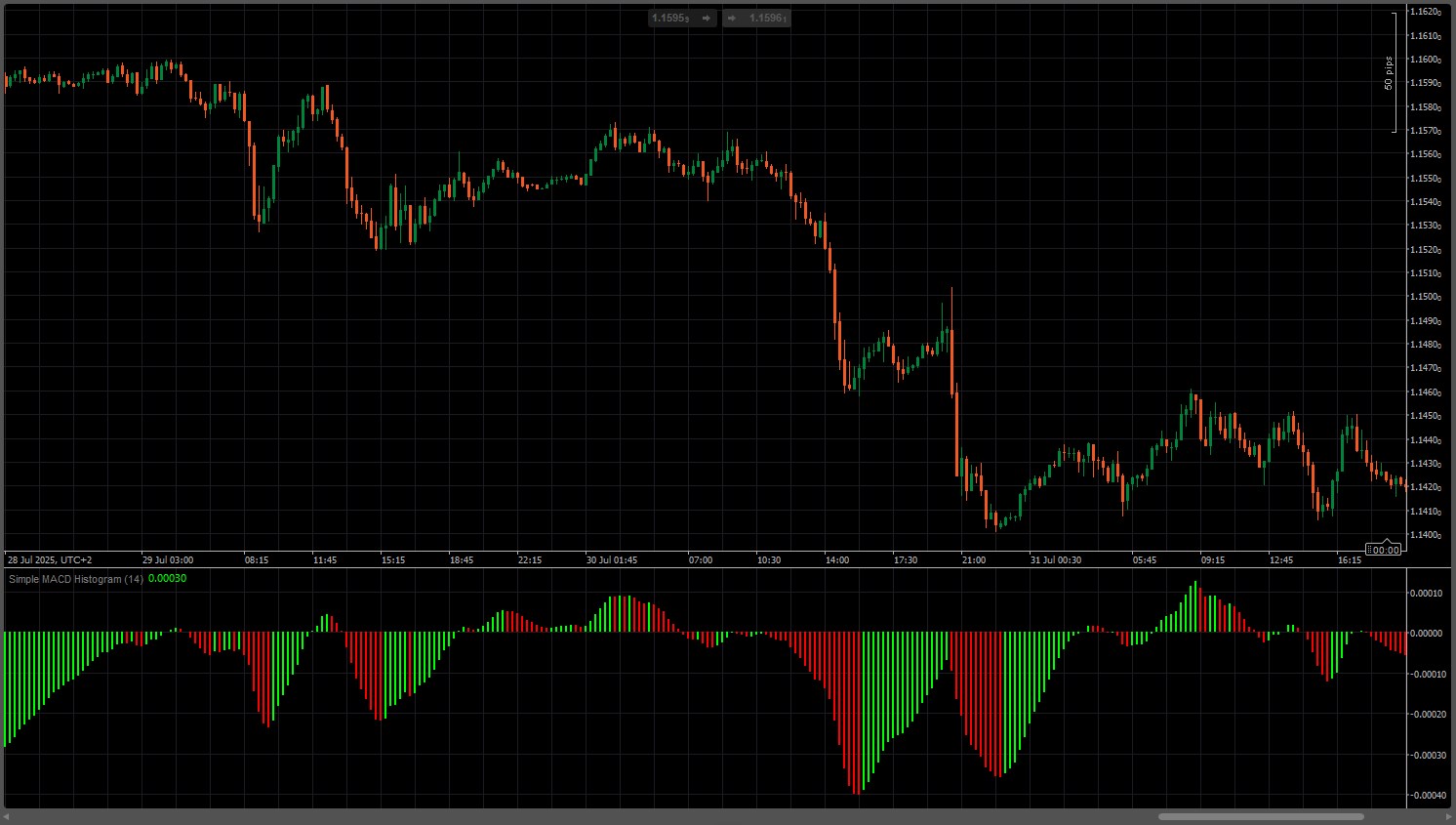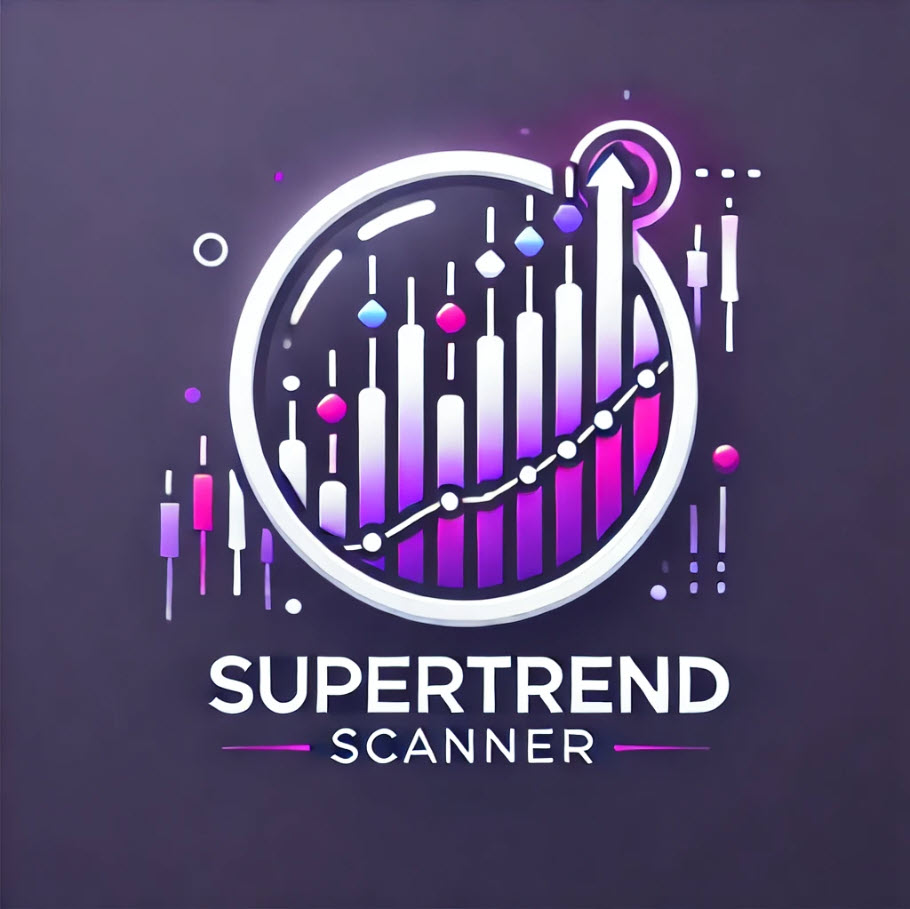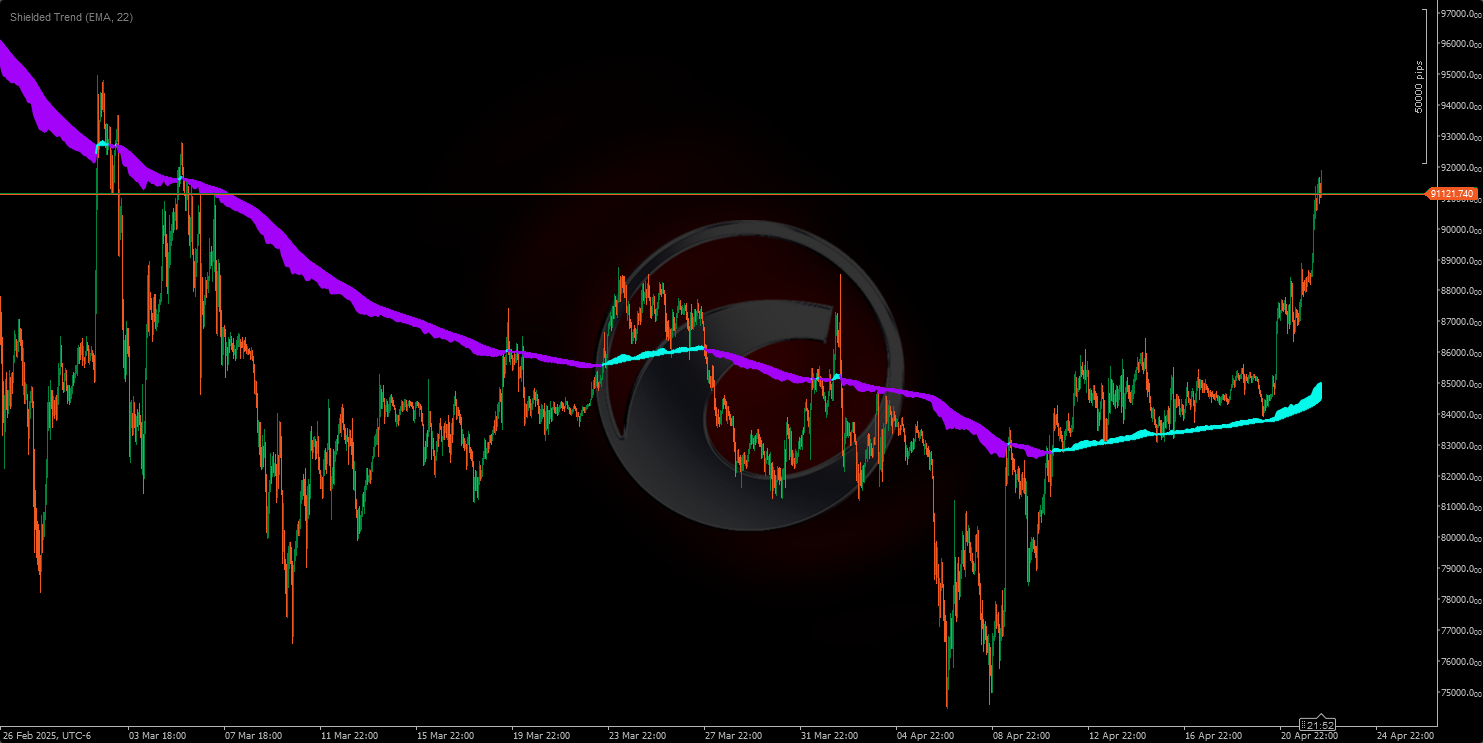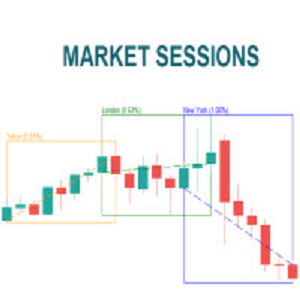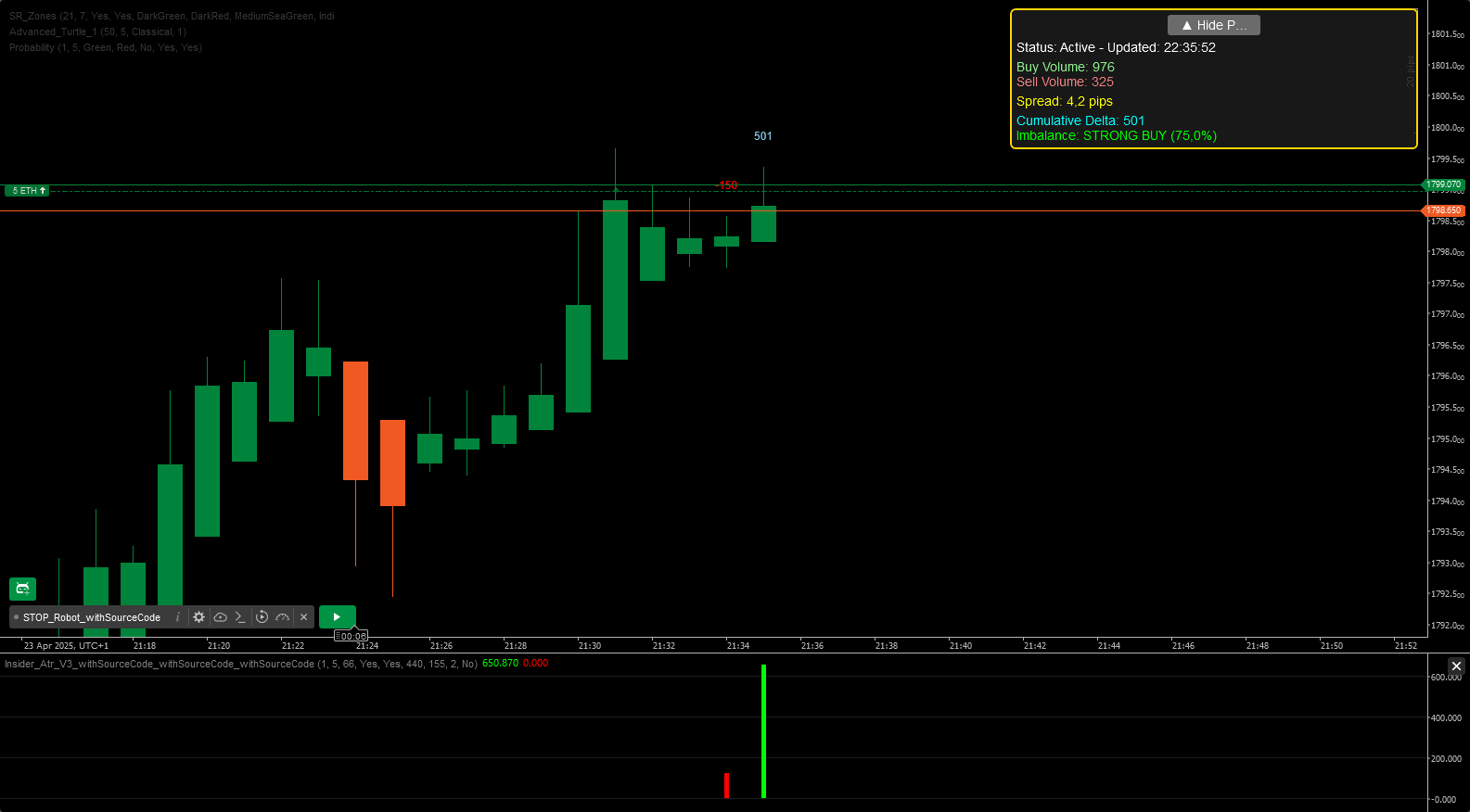.png)

.png)
📈 Skew Volatility Bias Indicator – Professional Version (for cTrader)
Unlock a deeper understanding of market pressure, volatility imbalance, and directional conviction with the Skew Volatility Bias Indicator, the enhanced version of a classic volatility-based approach originally inspired by Pine Script and now fully optimized for cTrader.
This tool helps traders visualize which side of the market is hitting harder — buyers or sellers — by measuring volatility asymmetry and converting it into a clear, easy-to-read signal.
Whether you're trading indices, forex, commodities or crypto, this indicator serves as a powerful trend filter, regime detector, and bias confirmation tool.
1. What the Skew Indicator Measures
The indicator evaluates the balance of volatility between bullish and bearish candles.
It calculates a normalized True Range and feeds it into two adaptive averages:
- Deviation Max → volatility produced during up candles
- Deviation Min → volatility produced during down candles
Then it computes:
👉 Skew = DeviationMax / DeviationMin
This converts raw volatility into a clear directional reading:
- Skew > 1 → upside moves are stronger on average
- Skew < 1 → downside moves are stronger
- Skew ≈ 1 → volatility is symmetrical and the market is balanced
In short:
Skew reveals which side has “volatility dominance”.
2. Understanding the Lines
1. Skew (Raw) – Red line
The pure volatility ratio. This is the core signal.
2. Skew Above 1 – Green line
Shows bullish volatility dominance.
3. Skew Below 1 – Yellow line
Shows bearish volatility dominance.
4. Threshold 1.0 Line – Blue dotted line
Represents equilibrium.
5. Skew Oscillator (log) – White line
More stable, smoother representation:
- above 0 = bullish volatility
- below 0 = bearish volatility
3. How to Read It
A) Market Regimes
🔹 Bullish Regime
- Skew > 1
- Green line active
- Oscillator above zero
→ Market favors longs.
🔹 Bearish Regime
- Skew < 1
- Yellow line active
- Oscillator below zero
→ Market favors shorts.
🔹 Neutral
- Skew ≈ 1
→ Market balanced, suitable for range trading.
4. Regime Shift Signals
Skew crossing above 1
→ Buyers gain volatility dominance
→ Bullish transition
Skew crossing below 1
→ Sellers gain volatility dominance
→ Bearish transition
These shifts often occur before price action confirms a trend, making Skew a powerful early indicator.
5. Practical Use Cases
1️⃣ Trend Filter for cBots
- trade long only when SkewOsc > 0
- trade short only when SkewOsc < 0
2️⃣ Trend Quality Confirmation
- Uptrend + Skew > 1 = strong trend
- Uptrend + Skew falling toward 1 = weakening trend
3️⃣ Market Sentiment / Risk Filter
Particularly effective on indices and FX major pairs.
6. Summary
- What it shows: volatility dominance
- Why it matters: volatility shifts precede price shifts
- How to use it: as a filter, confirmation tool, or sentiment gauge
- Best part: extremely light, fast, and adaptable
.jpg)
.jpg)
.png)
.png)
.png)
.png)
.png)
.jpg)
.png)
 (1).png)
.png)
 (2).png)
.jpg)
.jpg)
.jpg)
.png)
.png)
.png)
